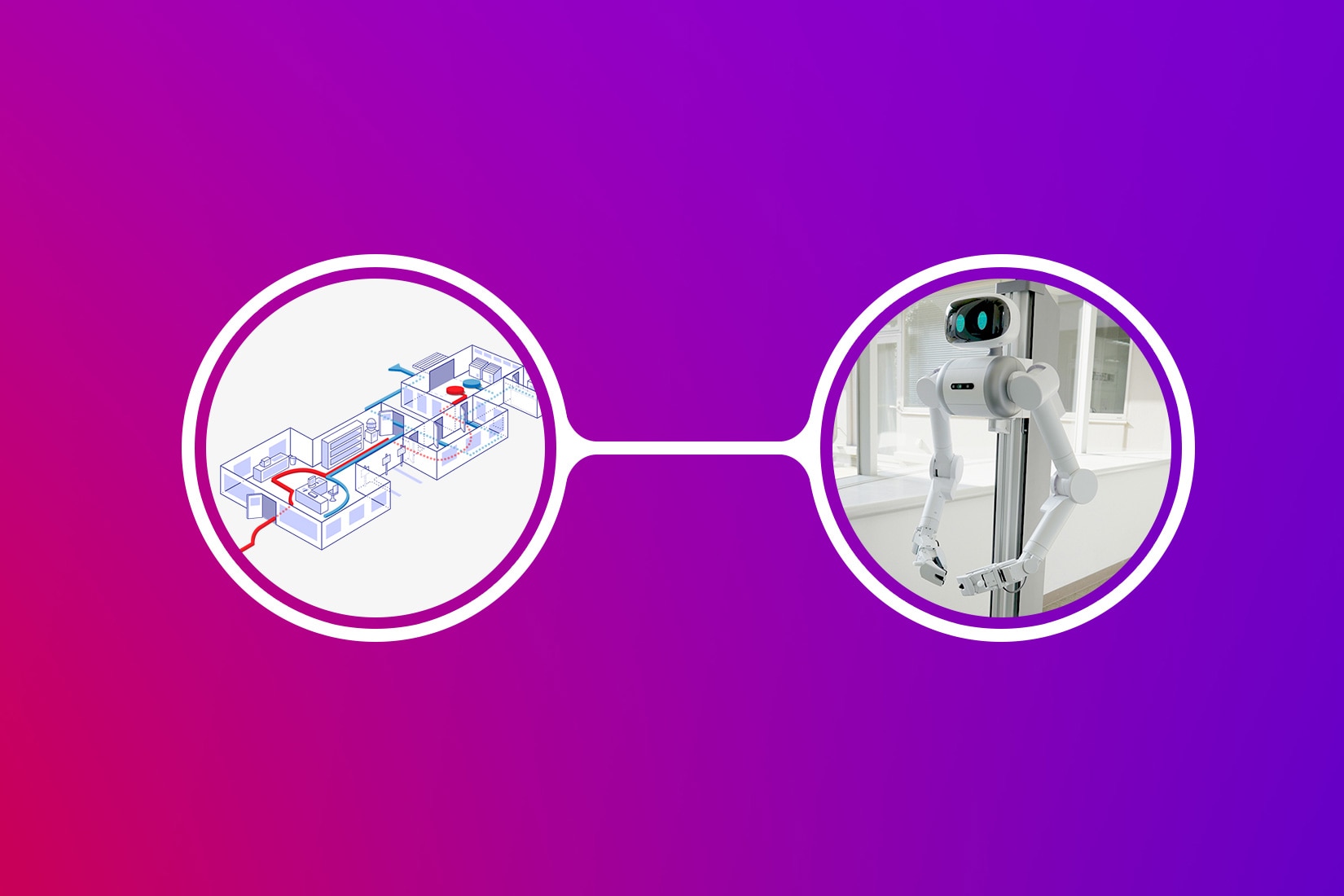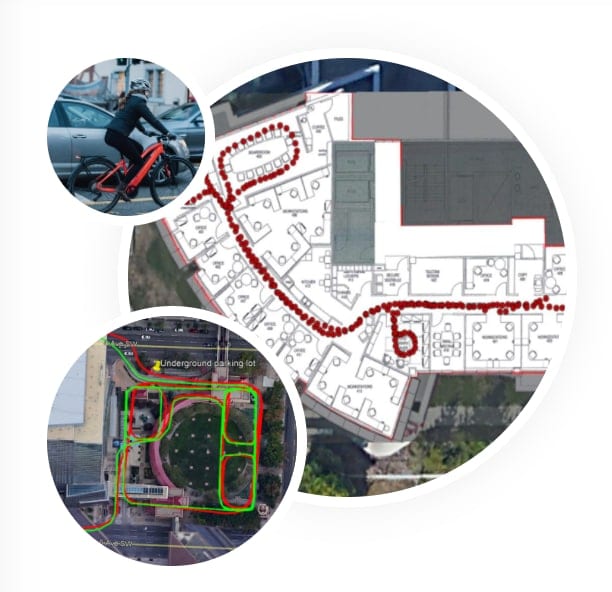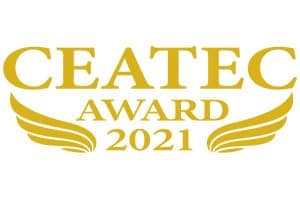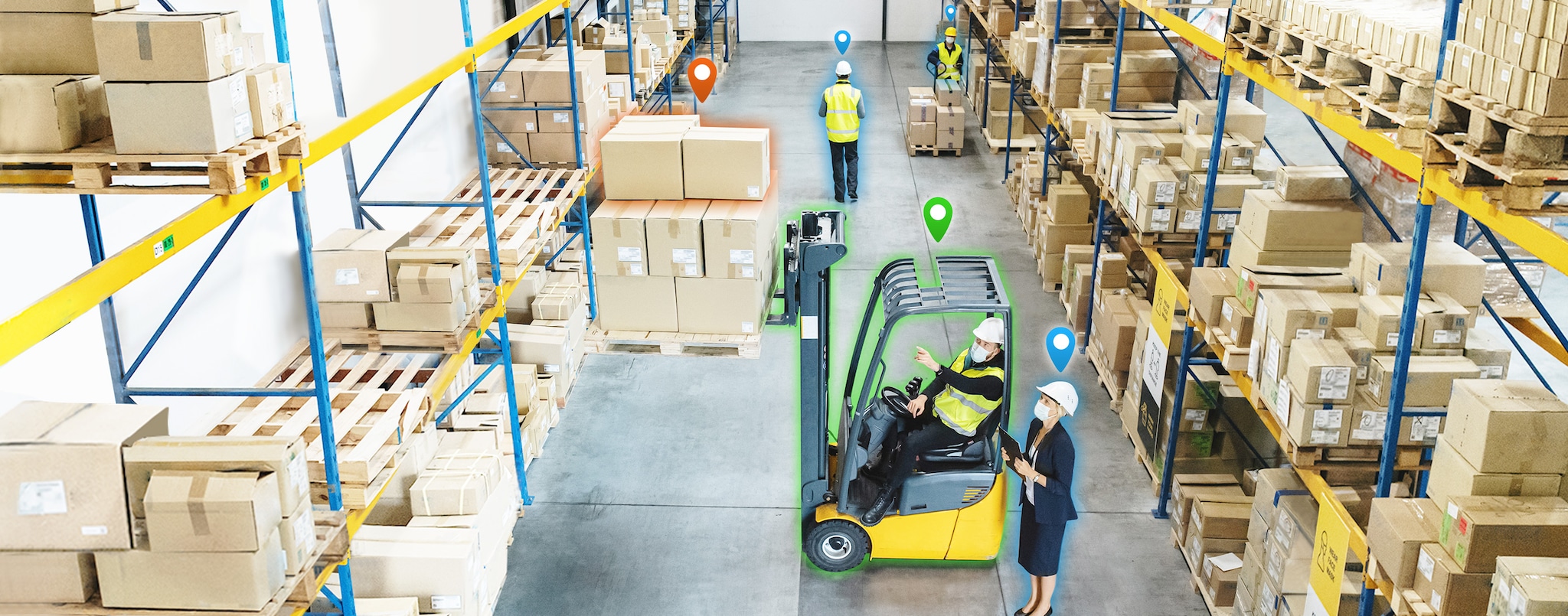
Stop Looking: The Power of Indoor Positioning Based on Geomagnetism
Droves of people come and go at hospitals and offices. Mountains of packages and materials are stored at warehouses and factories. At many facilities, efforts are being made to streamline tasks and ensure personnel safety by tracking and managing the locations of people and objects. TDK offers a groundbreaking solution that leverages geomagnetism*1—which exists everywhere—to enable highly precise, indoor positioning of people, objects and powered vehicles in real time over broad areas, helping to improve business operations.
Related Article
▶Related Article:
・Could an Indoor Location Information System Become a Magic Bullet that Mitigates COVID-19?
Positioning technology will reduce searching, an unproductive task
Surveys conducted by TDK of its customers on their needs for operational improvement solutions using location data have revealed that as much as 30% of working hours are being expended just looking for people and things. It is commonplace to hunt for materials at a vast factory, or for work to be delayed because equipment cannot be readily located.
Many cases were seen at hospitals and nursing homes where excessive time was spent trying to find doctors, nurses, patients and residents, or where efficient operations were hindered because it wasn’t possible to quickly ascertain the location of unexpectedly needed medical equipment or the status of open beds.
If the digitized location data of people and objects can be acquired accurately and managed at these workplaces, it can lead to remarkable improvements in operational efficiencies. For example, workers can be optimally positioned in a factory by analyzing their movements, and more efficient floor plans and personnel allocations can be formulated by comparing the behavior of experienced workers to newcomers. Other applications include detecting intrusions into hazardous areas and protectively monitoring lone workers during late hours.
Furthermore, by visualizing the operating status of powered vehicles like forklifts and examining seasonal and time-of-day variations, valuable equipment can be used more efficiently, and maintenance can be scheduled in advance.
Managing and analyzing the indoor location data of people and objects can reduce searching—an unproductive task—and bring about unprecedented operational improvements through optimal positioning and efficient equipment utilization. The effective use of location data can dramatically change the way we work.
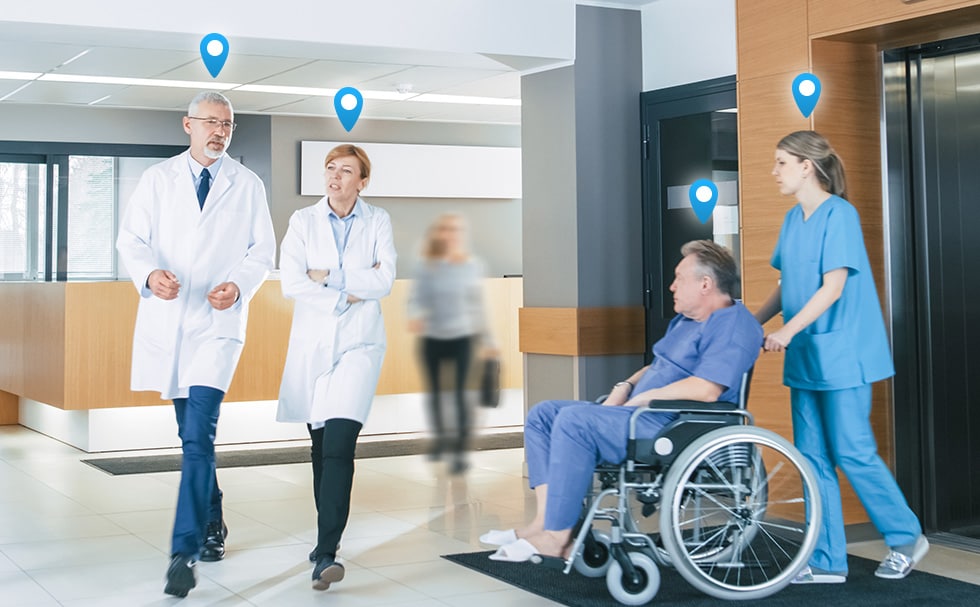
The challenges facing indoor location information systems
Outdoors, people and objects can be located accurately using GNSS (Global Navigation Satellite Systems) like GPS, which uses radio waves transmitted from satellites. Indoors, however, positioning is usually accomplished by installing Wi-Fi, Beacons (Bluetooth) or UWB*2 devices and receiving their signals because satellite signals are unavailable. But they all require a large number of devices to be installed and spaced regularly to determine location accurately, and deployment and maintenance become more costly and time-consuming as the coverage area is widened.
Indoor positioning solutions compared
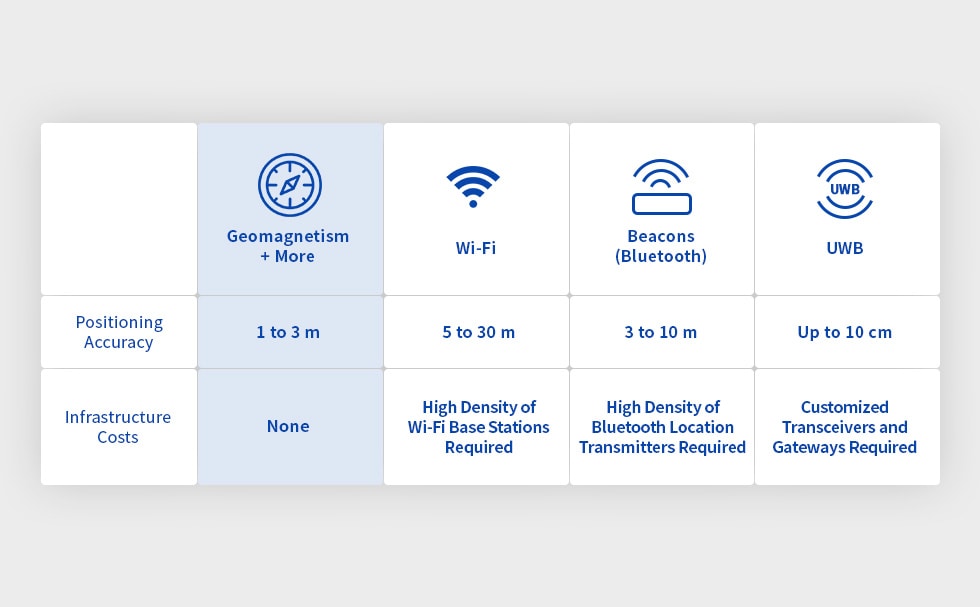
A revolutionary solution using geomagnetism
VENUE®, developed by Trusted Positioning Inc. (Canada), a TDK Group company, is a novel indoor positioning system that utilizes geomagnetism. Because geomagnetic signatures differ depending on height even in the same lateral position in a building, floors can be identified, accomplished easily by geomagnetic sensors found in smartphones or dedicated terminals.

Head of Japan Region,
Positioning & Monitoring Systems
TDK Corporation
Takashi Nakayama, Head of Japan Region for TDK Corporation’s Positioning & Monitoring Systems, who was responsible for the development of VENUE, spoke about the product’s strengths. “To deploy VENUE, a geomagnetic map is created, which combines an indoor layout map with actual geomagnetic data. Because there is no need to install regularly-spaced wireless devices like before—a smartphone with the VENUE app installed or a dedicated receiver is all that is necessary to begin using the system—the cost and time required for implementation are reduced substantially. What’s more, accommodating additional floors or expanding the coverage area can be accomplished easily by updating the geomagnetic map.”
Visualizing the operational status of equipment
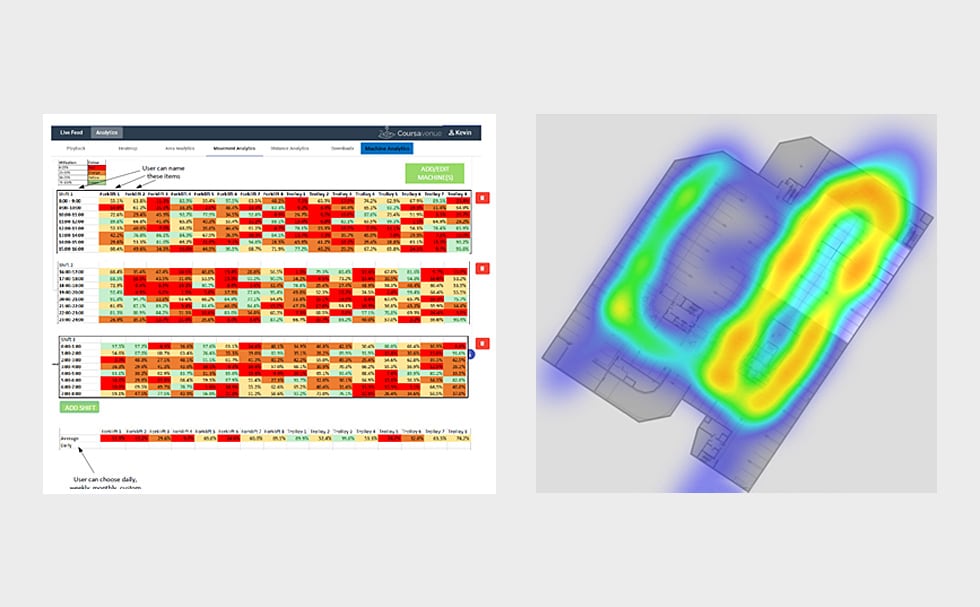
Managing the position data of materials inside a building
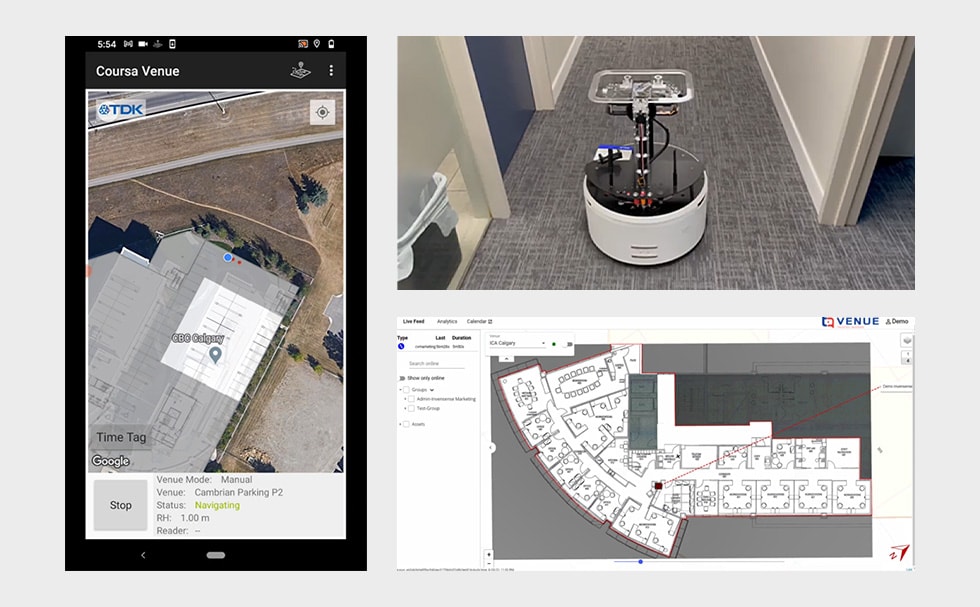
VENUE is currently being rolled out in a variety of settings like offices and factories in Japan and elsewhere, already resulting in operational improvements. The following is an example of how VENUE is being utilized at a large warehouse.
At a logistics center where massive amounts of goods are stored, VENUE is being used to analyze the positions and movements of workers throughout the vast premises, enabling efficient workforce allocation. Because the whereabouts of transport equipment are known in real time, their utilization is improved, effectuating a reduction in fleet size. Additionally, by attaching RFID tags*3 to every single item, roaming robots can be used to manage location data wirelessly, substantially improving receiving and shipping efficiencies.
Example of a VENUE® Deployment
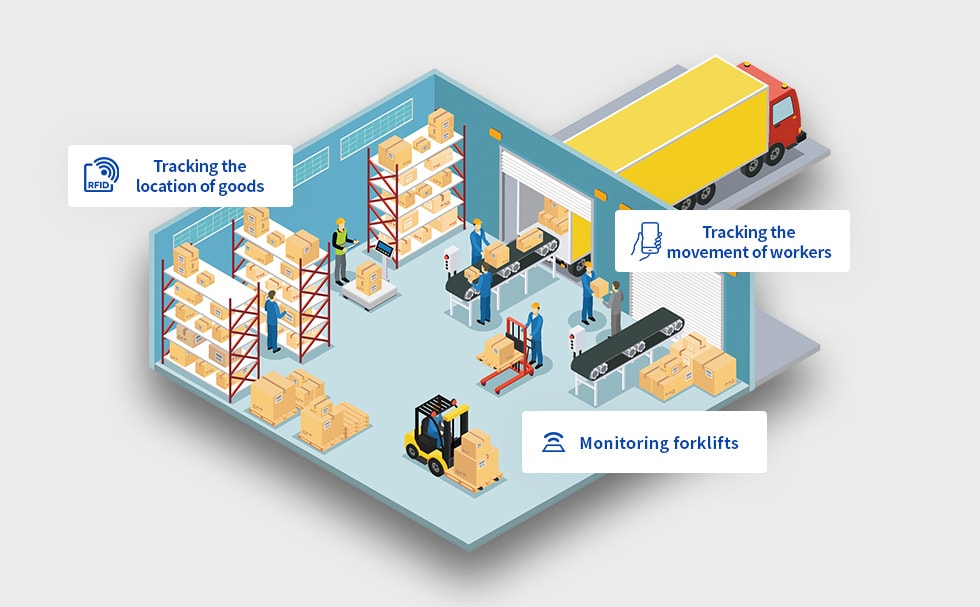
VENUE is an indoor positioning solution by TDK—aimed not only at offices, hospitals, warehouses and factories, but for a variety of indoor settings. For more information on VENUE, please visit the product website.
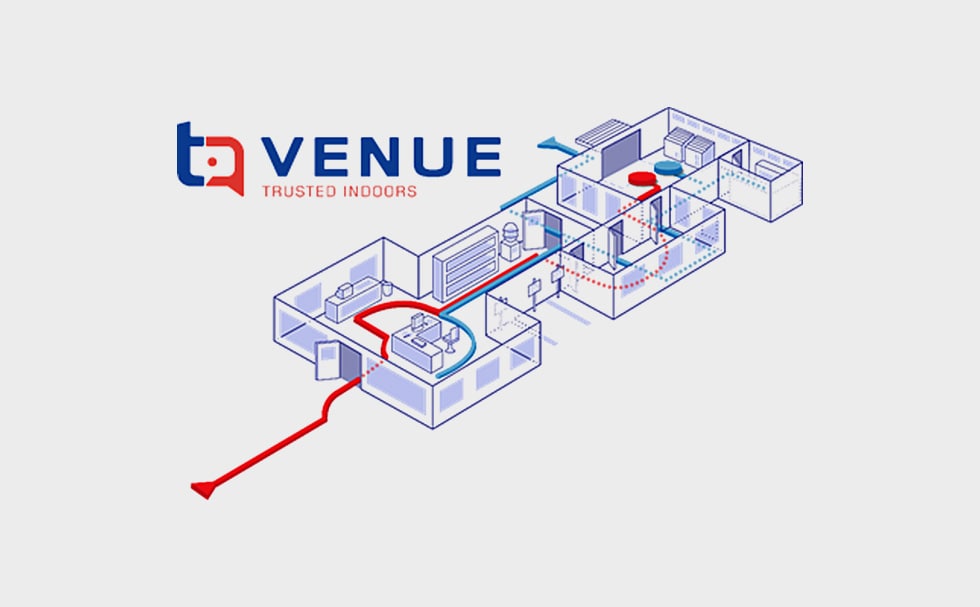

VENUE has been awarded the Semi Grand Prix, Elemental Technologies/Devices Category at CEATEC AWARD 2021.
Terminology
- Geomagnetism: The magnetism and magnetic field generated by Earth. Because it is unique to every location on Earth, it can be utilized to identify location information indoors and outdoors.
- UWB (Ultra-wideband): A form of wireless communication that utilizes an extremely wide bandwidth of more than 20% or more than 500 MHz.
- RFID (Radio Frequency Identification): A system that utilizes wireless communications to read ID information stored in tags without contact.






